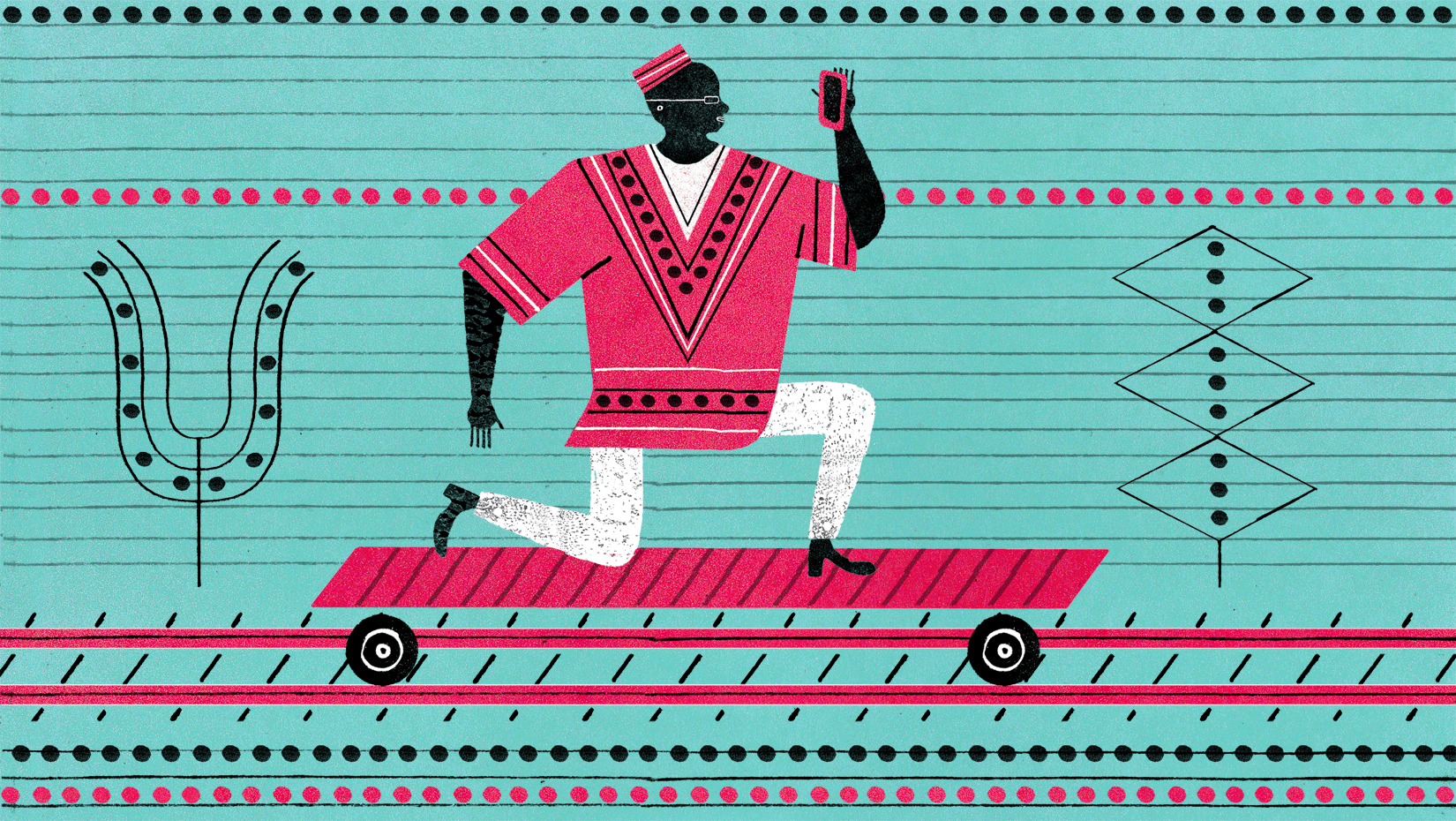The November congressional elections in the US will likely set back Biden’s goals—or not.
It’s called a midterm because it falls halfway through the four-year term of the sitting US president. Historically, no matter what kind of job he’s done during the first two years, this election delivers a spanking to the Commander in Chief, as measured by his party’s loss of seats in the US House of Representatives, and sometimes the Senate. “In the 19 midterm elections between 1946 and 2018, the president’s party has improved upon its share of the House popular vote just once,” writes the analytics site FiveThirtyEight.
Given that history, President Joseph Biden might be expected to undergo a shellacking on November 8. Since the early summer of 2021, when Biden seemed poised to carve out an FDR-style legacy of socially magnanimous governing, little has gone right for him. Barely a month after his summer of ’21 declaration of victory in the war against COVID, the Delta variant emerged, followed by Omicron and its offshoots. His sudden military pullout from Afghanistan ended a 20-year war in a way that looked a lot like defeat, effectively handing control of that country—and the fate of Afghans who had helped the US—to the Taliban. Inflation reached 40-year highs, crime spiked in cities across America, and the president’s own party became embroiled in skirmishes between centrists and progressives. A Gallop poll in July of this year saw President Biden’s approval ratings drop to 38%, the lowest of any president dating back to Dwight Eisenhower.
All of that suggests that the president’s Democratic Party could lose control of both House and Senate. But since COVID struck, or maybe since the 2016 election, there’s a vague sense that the old rules don’t apply anymore. Employees long accustomed to arriving at the office at a certain hour—or else—now find they don’t have to arrive at all. Economists, debating whether the economy has fallen into recession, are scratching their heads about how unemployment could remain low as prices soar and output shrinks. Conflicting signs also leave political pundits confused. “The Midterm Guessing Game Just Keeps Getting Weirder,” said a Bloomberg headline in late July.
Most pollsters believe Republicans will do well on November 8, in part because they don’t need many seats to win control of either chamber. Among the 435 House representatives with voting powers, Democrats hold only a five-seat advantage. In the Senate, Republicans already hold half of 100 seats. Here Democrats wield a tenuous advantage since tiebreakers fall to the vice president, and since 2021 Kamala Harris has broken a lot of ties.
That Republicans will gain the few seats needed to grab control of Congress might seem certain if today’s American voter weren’t so unpredictable. To call the 2016 triumph of Donald Trump over Hillary Clinton a surprise would be a massive understatement. Biden’s victory in 2020 was narrow, allowing Trump and many of his supporters to continue pushing the false narrative that that election was stolen. Primary elections have sent mixed messages from locale to locale about the persistent power of Trump.
Just now, the only certainty in American politics seems to center on a supposedly non-partisan institution—the Supreme Court. With conservatives now a dominant majority among the nine justices—thanks to three appointed by Trump—the court has delivered one Republican-friendly ruling after another, this June overturning Roe v Wade, the landmark 1973 decision that conferred a constitutional right to an abortion.
In that stunning defeat for pro-choice Americans, some Democrats saw a glimmer of hope. Polls, after all, have long shown that a majority of Americans favored some form of legalized abortion, while many on the right, and in particular the religious right, have argued against abortion even in cases of rape and incest. Has the pro-life movement, through its legislative and legal maneuverings, gone too far for even conservative voters?
That question was put to the test on August 2 in Kansas, where Republicans had placed on the ballot an amendment to strike down a constitutional right to abortion in the state. No liberal bastion, Kansas hasn’t sent a Democrat to the US Senate since the 1930s. Its state legislature consists of 115 Republicans to 50 Democrats. Yet across the state, in rural as well as urban districts, the pro-choice camp prevailed in the August 2 vote—by a whopping 18 points.
Afterwards, some Democrats professed to see a powerful right-to-abortion-related awakening, one that could broadly strengthen Democratic causes and candidates come November 8. Their optimism was heightened by the Senate’s passage in early August of the Inflation Reduction Act, a huge Biden legislative victory that addresses climate change, inflation, deficit reduction, drug prices and more.
But as Red States go, Kansas isn’t typical. Its governor, not unusually, is a Democrat, and historically its red streak is less prominent than its independent streak.
On November 8, Republicans will win both the House and Senate, or they’ll win the House, or American voters will pull off another surprise.
More from this issue

Acceleration
Most read from this issue

Africa’s Digital Railroad





